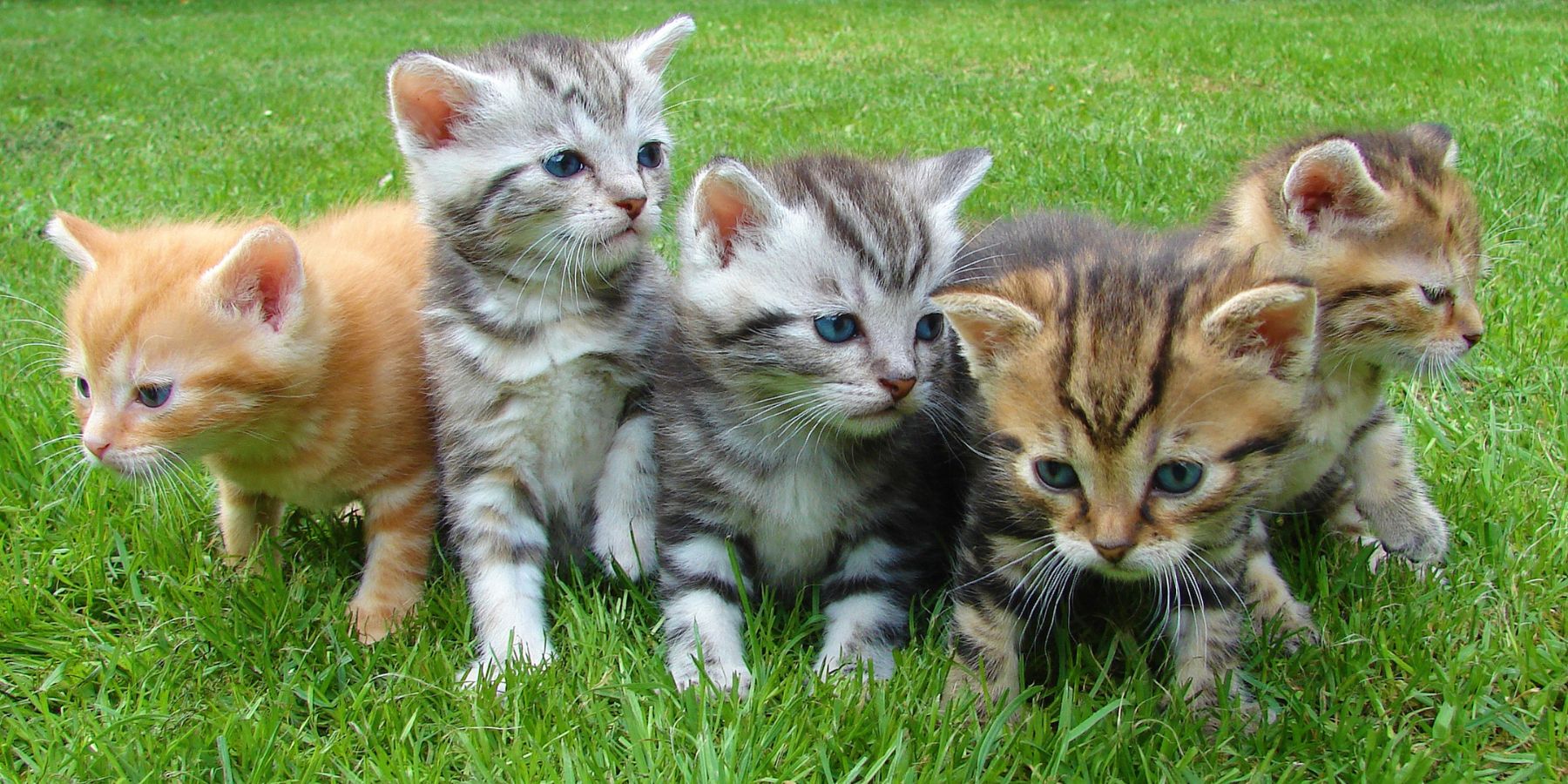Cat harnesses are a great way to safely explore the outdoors with your feline friend. However, getting the right size for your cat is crucial for their comfort and safety. In this guide, we'll discuss common issues related to cat harness sizing and provide practical solutions to ensure your cat's harness fits perfectly.
Measuring Your Cat for a Harness
Before diving into troubleshooting, let's start with the basics: measuring your cat for a harness. Follow these steps to get accurate measurements:
Gather Your Supplies: You'll need a flexible measuring tape and, of course, your cat.
Measure the Neck: Gently wrap the measuring tape around your cat's neck, just below their collar. Ensure it's snug but not too tight. Note down the measurement in inches or centimeters.
Measure the Girth: This measurement goes around the widest part of your cat's chest, just behind the front legs. Again, make sure it's snug but not constricting.
Measure the Length: Measure from the base of the neck to the base of the tail. This will help you choose the right harness length.
Common Harness Sizing Issues and Solutions
1. The Harness Is Too Tight
Issue: If the harness is too tight, it can cause discomfort and restrict your cat's movement.
Solution: Check the measurements you took. If the neck or girth measurement is too small, you'll need a larger size. Always choose a harness with adjustable straps for a custom fit.
2. The Harness Is Too Loose
Issue: A loose harness may allow your cat to escape or slip out of it.
Solution: Make sure the harness is snug but not too tight. Adjust the straps to achieve a secure fit. Double-check the measurements to ensure accuracy.
3. Your Cat Resists Wearing the Harness
Issue: Some cats may resist wearing a harness, making it challenging to put on.
Solution: Introduce the harness gradually. Let your cat sniff and explore it before attempting to put it on. Use treats and positive reinforcement to create a positive association with the harness.
4. Your Cat Tries to Remove the Harness
Issue: Cats are naturally curious and may attempt to remove the harness.
Solution: Ensure the harness is fitted correctly. It should be snug but not too tight. Monitor your cat during outdoor adventures to prevent them from trying to remove it.
5. Your Cat Seems Uncomfortable
Issue: Signs of discomfort, such as excessive meowing or struggling, indicate that the harness may not fit properly.
Solution: Recheck the measurements and adjust the harness accordingly. Ensure there are no rough seams or parts that might irritate your cat's skin.
Frequently Asked Questions (FAQs)
Q1: Can I use a dog harness for my cat?
A1: While some cat owners use dog harnesses, it's recommended to choose a harness specifically designed for cats. They are designed to prevent escape and provide a secure fit.
Q2: How often should I check the harness fit?
A2: Regular comfort checks are essential. Cats can gain or lose weight over time, affecting the harness fit. Check before every outdoor adventure.
Q3: My cat hates wearing a harness. What should I do?
A3: Patience and positive reinforcement are key. Gradually introduce the harness and associate it with treats and playtime.
Q4: Can I leave the harness on my cat indoors?
A4: It's generally not recommended to leave the harness on indoors. Cats may get caught on furniture or objects. Remove it after outdoor activities.
Q5: Are there harnesses for small or large cats?
A5: Yes, there are harnesses designed for different cat sizes. Refer to the manufacturer's sizing chart to find the right one for your cat's breed and build.
By addressing these common harness sizing issues and following our measuring guide, you can ensure that your cat's harness is comfortable and secure. Remember that patience and positive reinforcement play a crucial role in making the harness a positive experience for your feline companion. Happy adventures with your cat!


